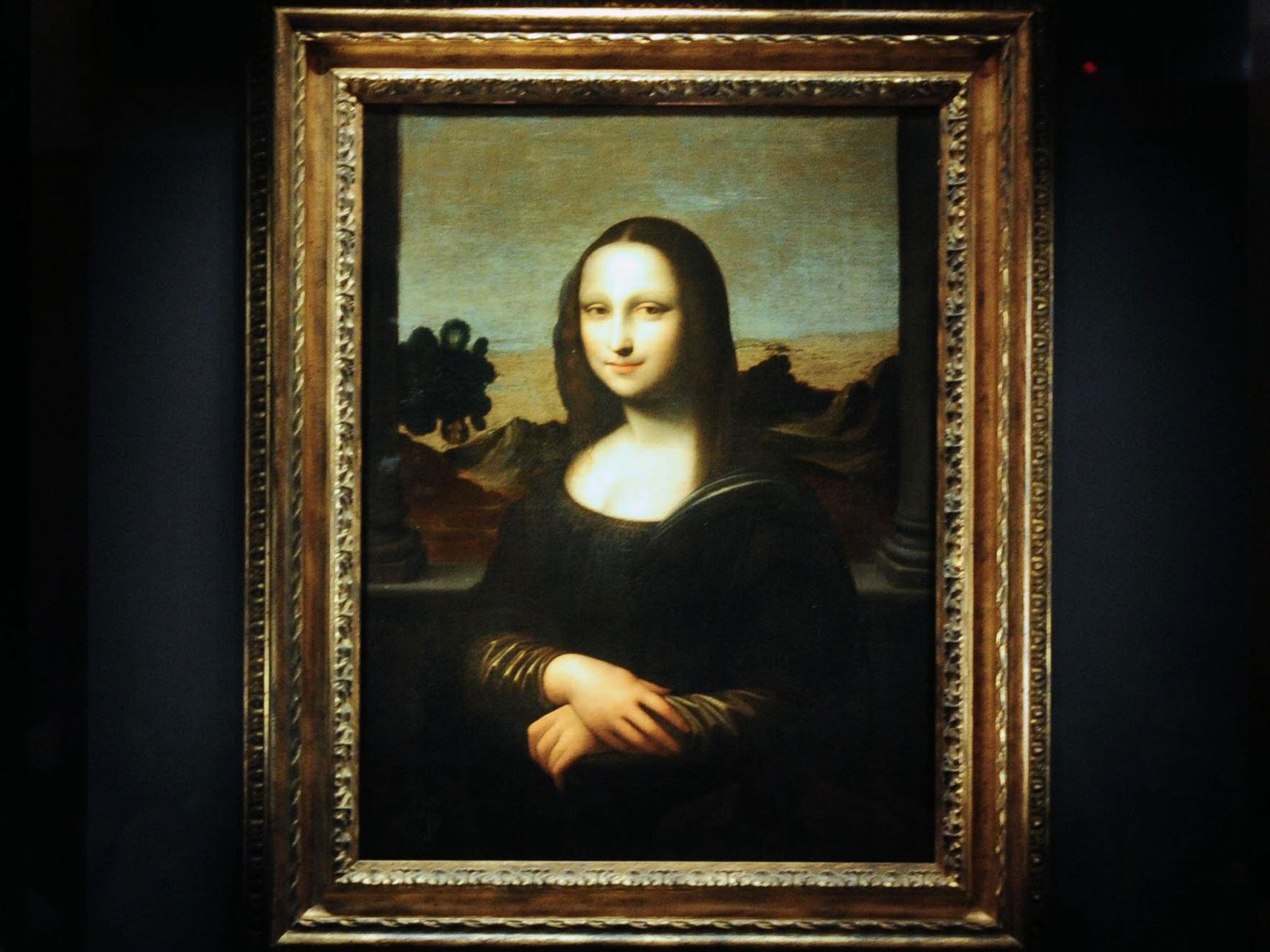The only people excited about AI art are people who don’t understand art to begin with
AI can provide a useful framework or starting point for actual creativity, in the same way that idly scrolling through Twitter can provide inspiration for a rant about the dangers of AI art, writes Ryan Coogan


Have you ever wondered what lay beyond the borders of Leonardo Da Vinci’s Mona Lisa? Or what was on the pavements to either side of the Abbey Road album cover? How about the rest of the cityscape in Van Gogh’s The Starry Night?
If the answer to any of those question is “yes” then I have good news for you: that isn’t how art works. There is no “rest of” Edward Hopper’s Nighthawks, because the work begins and ends with what Hopper saw fit to paint. There are no secret extra shapes to be found beyond the borders of a Mondrian, because he didn’t draw any. Even in a photograph like the cover of Abbey Road, where there was activity outside of the frame that we aren’t privy to, it’s irrelevant, because the artist didn’t photograph it.
Try telling that to AI-obsessed tech bros, though, whose endless affronts to the visual arts reached new heights of obscenity in the past few days, when several Twitter accounts began posting AI-generated images of what famous works of art might look like “beyond the frame”.
It’s no secret that a lot of the biggest proponents of AI art are aesthetically illiterate, but they’ve really outdone themselves this time. If these guys ever managed to channel their creativity into anything other than finding innovative ways to bastardise our shared cultural heritage, then they might accidentally find themselves making something worthwhile for a change.
Saying that you’ve developed a means to see the “rest of” the Mona Lisa is like adding extra sides to a triangle and claiming you’ve improved it. It betrays a fundamental misunderstanding of what a triangle is to begin with.
This is the core issue with the current movement towards AI art: it’s clearly being championed by a group of people who both don’t understand art, and resent people who do. If your understanding of art is that “more painting equals more good” then you shouldn’t even be a part of the conversation in the first place, and yet at the moment they seem to dominate it.
There’s nothing inherently wrong with generating a nice picture and hanging it up on your wall because you like the way the shapes and colours make you feel. The issue comes with trying to reduce art to that feeling and nothing else.
How a painting looks is such a minor part of what makes art work; and at the end of the day that’s all AI – and its proponents – can really give us. A shallow, surface level approximation of what a person might end up thinking art is if they’re too lazy to pick up a book and actually engage with it.
AI is to real art what jangling keys in a baby’s face is to entertainment. It’s a shadow on the wall, and we’re being told to accept the fiction that it’s just as good as the thing casting the shadow in the first place.
But why? Why are so many people invested in pushing AI art when they clearly don’t have any real interest in the discipline in the first place? While money seems like an obvious factor, it also seems pretty clear that there’s a real eagerness at the moment to “put these creative types in their place” from people who are upset they don’t have a creative bone in their bodies.
That’s the real danger of AI art, or literature, or really any creative pursuit that we’re told can be performed just as well by a machine as it can by a man or woman. It’s tempting to see a profit motive in all things tech, but this is one of those rare examples where the goal seems to be explicitly destructive.
As a tool to be used by humans, AI could absolutely have a wide variety of uses. It can provide a useful framework or starting point for actual creativity, in the same way that idly scrolling through Twitter can provide inspiration for a rant about the dangers of AI art.
But if you’re under the impression that it can improve on or entirely supplant human creativity altogether – or worse, if you’re excited about that prospect – then it only proves one thing: you never understood art to begin with.





Join our commenting forum
Join thought-provoking conversations, follow other Independent readers and see their replies
13Comments